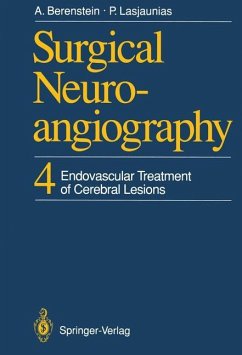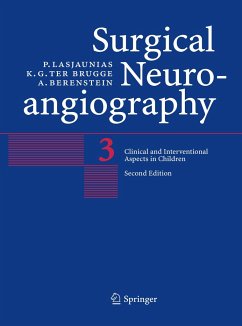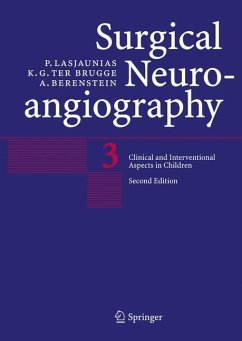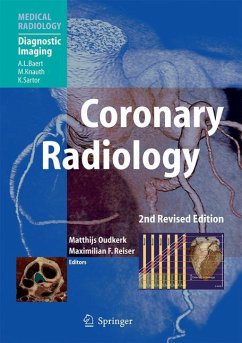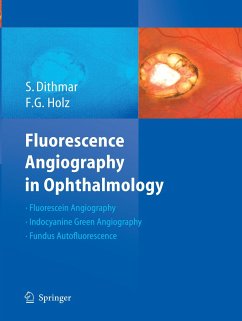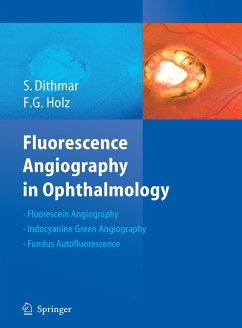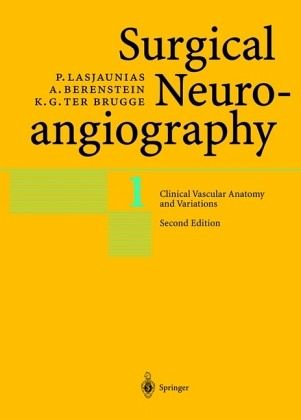
Clinical Vascular Anatomy and Variations
Versandkostenfrei!
Versandfertig in 6-10 Tagen
303,99 €
inkl. MwSt.
Weitere Ausgaben:

PAYBACK Punkte
152 °P sammeln!
Recent clinical experience and tremendous technical advances make it more imperative than ever that operators performing embolization have a sound background in functional neuroanatomy and clinical evaluation in addition to technical training. This book provides a description of vascular anatomy that will permit the accurate assessment of variations and functional territories and will make the prediction of the risks and management of cerebral vascular disease possible. Through this type of anatomical analysis every potential arrangement in cerebral vascular development can be predicted. Thus,...
Recent clinical experience and tremendous technical advances make it more imperative than ever that operators performing embolization have a sound background in functional neuroanatomy and clinical evaluation in addition to technical training. This book provides a description of vascular anatomy that will permit the accurate assessment of variations and functional territories and will make the prediction of the risks and management of cerebral vascular disease possible. Through this type of anatomical analysis every potential arrangement in cerebral vascular development can be predicted. Thus, endovascular procedures in the spinal cord and brain can be best planned and performed. Pierre Lasjaunias, Alejandro Berenstein, and Karel ter Brugge are highly committed to both research and teaching in the clinical field of neurovascular diseases. The first volume of the second edition of Surgical Neuroangiography combines the previous volumes 1 and 3 in one book.



